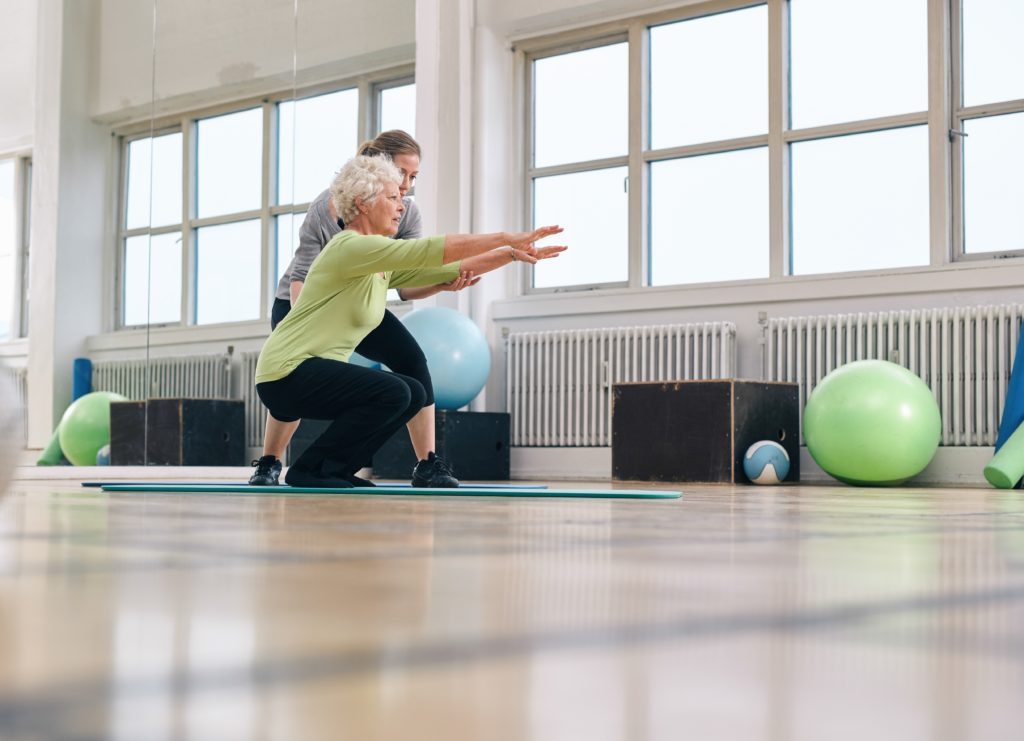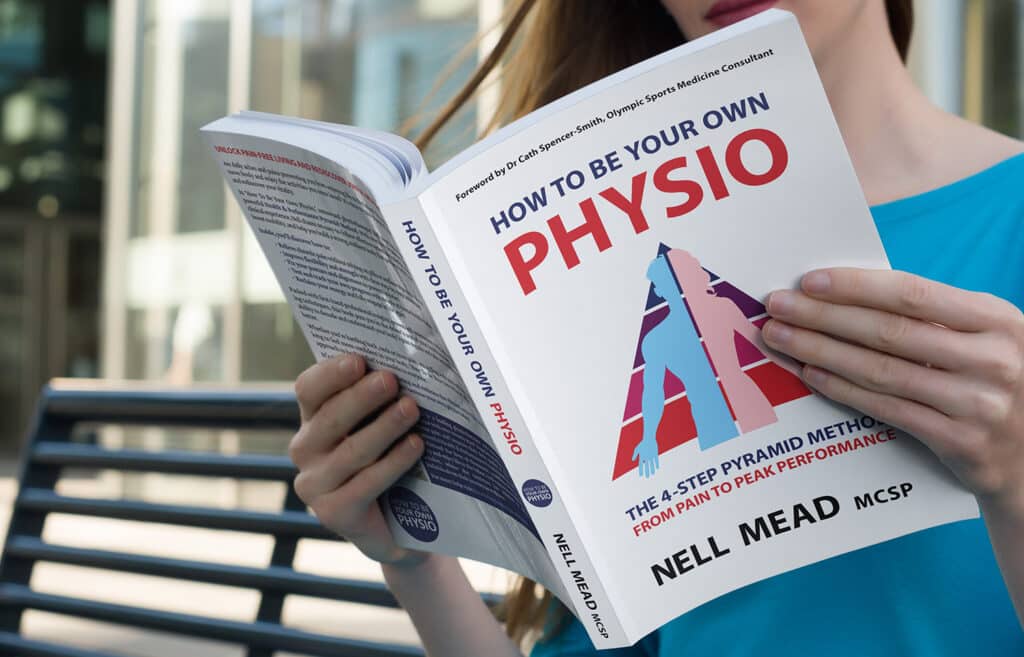Over the past few weeks, I’ve been writing about Diane Lee’s Integrated Systems Model (ISM), which is a big part of how I work. I’ve explained how I found Diane, how the ISM works with the published evidence, and the theory of regional interdependence from which the ISM derived. And, as everyone’s body and movement patterns are (and should be) different, last week I described how we work out whether your movements are optimal for you, or whether you have failed load transfers or FLTs. This week it’s time to get a bit more practical: how do we actually start the assessment? What is task analysis?

As we discussed in post 3, in the Integrated Systems Model, we call the trigger area (which could be a stiff foot, hip or ribcage – for the purposes of explanation, let’s say your trigger is a stiff ribcage) the driver, because it is driving you to twist every time you put weight through your knee, which eventually becomes painful. The knee in this instance is the victim.
The important thing about finding the driver is that it tells us where to intervene. Because, if we rehabilitate the driver (the ribcage, in the example above), then you will move differently, normalising the load through your knee and allowing it to heal. There’s no point treating the knee on its own, if every time you step onto your right foot, the stiffness in your ribcage makes you pivot suboptimally over your knee, triggering your problem to come back.
But we all move suboptimally some of the time, and we will all (probably) have multiple areas of failed load transfer (FLT) – so how do we know which FLTs are actually relevant?
This is where the assessment comes in.
The first thing we have to do is to identify your meaningful task – and this is individual to each patient. This may be a movement or posture that just doesn’t feel right (“my back hurts every time I sit down”), or it may be painful (“my knee hurts when I run”) or it may be something you want to do, but for some reason can’t (“I collapse to the right every time I try to do a handstand”).
First, we will ask you to show us how you do your meaningful task as a whole. This is because when I’m assessing you and you tell me you’re sore when you run, or hit a serve in tennis, I don’t want to assess what running or serving looks like in my imagination – I want to assess what it looks like when you do it.
We then break down your meaningful task into its component parts – the building blocks of movement – known as screening tasks. So if your back hurts every time you sit down, we’ll want to look at how you stand (the starting position for sitting down), how you squat (how you move towards the sitting down position) and your actual sitting posture. If your back hurts when you’re doing a specific sitting activity such as typing or sewing, we will also want to look at your specific typing or sewing position and search for FLTs as you demonstrate this to us. Or, if your knee hurts when you walk, we’ll want to look again at how you stand (the starting position for walking), how you transfer your weight from one foot to the other, how you step forward, and possibly how you twist your torso to the left and right (something we do subconsciously as we walk). And in each screening task, we’ll analyse your whole body and look for FLTs.
We feel for what goes wrong in your body with each task, and write down each FLT.
Virtually every time, we’ll start with a standing screen, as most tasks do start with you standing up. But unless you get your symptoms when you’re just standing there (which isn’t actually that uncommon) we won’t necessarily try to correct your standing posture.
But when we get to the screening tasks, that’s different. At this point, we’re looking again for FLTs, but more specifically, we’re looking for which of them becomes more prominent when you move, and at what point during the task they get worse.
For example, let’s invent a patient called David. We’ll be coming back to David for the next few weeks. When Davis stands with his weight on both feet, his neck is slightly twisted to the right, his torso to the left, and his right hip sitting a little too far forward in the socket. None of these is optimal, so I would have noted FLT at neck, thorax and hip. However, when he transfers his weight onto just his right foot, his neck gets better, his thorax doesn’t change, and his hip position gets worse, and he tells me that his right knee (which is the symptom he came in with) hurts.
I have now learned that his neck is not the cause of his problem, because it is nicely aligned when he is standing on his right foot; so I am left with his thorax and right hip as the remaining FLTs. My job now – as I will explain next week – is to work out which of those is driving David’s knee pain…
If you’re now wondering whether your knee or back pain is really coming from your knee or back – why not call my team on 0207 175 0150. Let me assess your meaningful task, analyse your FLTs, and find your driver!







